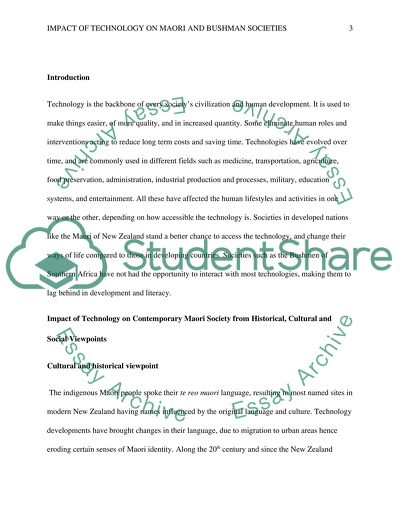Cite this document
(“Assignment 5 Example | Topics and Well Written Essays - 2000 words”, n.d.)
Assignment 5 Example | Topics and Well Written Essays - 2000 words. Retrieved from https://studentshare.org/engineering-and-construction/1489265-assignment
Assignment 5 Example | Topics and Well Written Essays - 2000 words. Retrieved from https://studentshare.org/engineering-and-construction/1489265-assignment
(Assignment 5 Example | Topics and Well Written Essays - 2000 Words)
Assignment 5 Example | Topics and Well Written Essays - 2000 Words. https://studentshare.org/engineering-and-construction/1489265-assignment.
Assignment 5 Example | Topics and Well Written Essays - 2000 Words. https://studentshare.org/engineering-and-construction/1489265-assignment.
“Assignment 5 Example | Topics and Well Written Essays - 2000 Words”, n.d. https://studentshare.org/engineering-and-construction/1489265-assignment.


